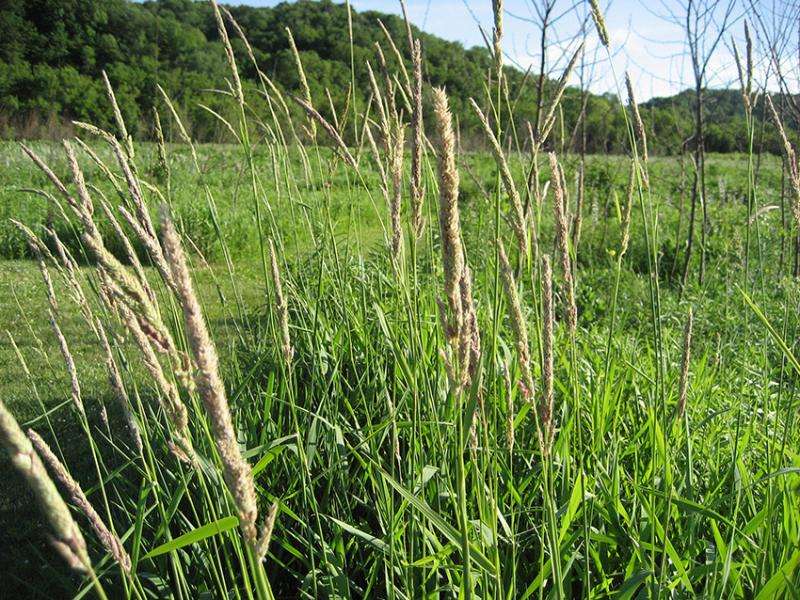Elevated carbon dioxide suppresses dominant plant species in a mixed-grass prairie

Climate controls vegetation distribution across Earth, with some vegetation types being more vulnerable to climate change and others more resistant. Because resistance and resilience can influence ecosystem stability and determine how communities and ecosystems respond to climate change, evaluating the potential for resistance in future prairies and other ecosystems is important. Led by researchers from Wyoming, a team found that elevated carbon dioxide levels suppress the dominant plant species in a northern U.S. Great Plains mixed-grass prairie, creating a less diverse community.
The economic value of many grasslands depends largely on plant community composition and the relative abundance of key forage species. Findings from this research have implications for managing native grasslands in the face of changing climate and its accompanying precipitation variations.
A large field experiment conducted in a northern U.S. Great Plains mixed-grass prairie was led by a research team from the University of Wyoming. The scientists tested the effects of elevated carbon dioxide, warming, and summer irrigation on plant community structure and productivity. This study sought to understand changes to stability in the community's composition and to biomass production.
Investigators found that (1) the independent effects of carbon dioxide and warming depend on interannual variation in precipitation and (2) the effects of elevated carbon dioxide are not limited to water saving because they differ from those of irrigation. Also shown was that production in this prairie ecosystem is not only relatively resistant to interannual variation in precipitation, but also rendered more stable under elevated carbon dioxide conditions. This increase in production stability resulted from altered community dominance patterns; that is, community evenness increases as dominant species decrease in biomass under elevated carbon dioxide.
More information: T. J. Zelikova et al. Long-term exposure to elevated CO2 enhances plant community stability by suppressing dominant plant species in a mixed-grass prairie, Proceedings of the National Academy of Sciences (2014). DOI: 10.1073/pnas.1414659111
Journal information: Proceedings of the National Academy of Sciences
Provided by US Department of Energy





















